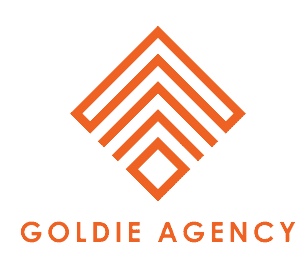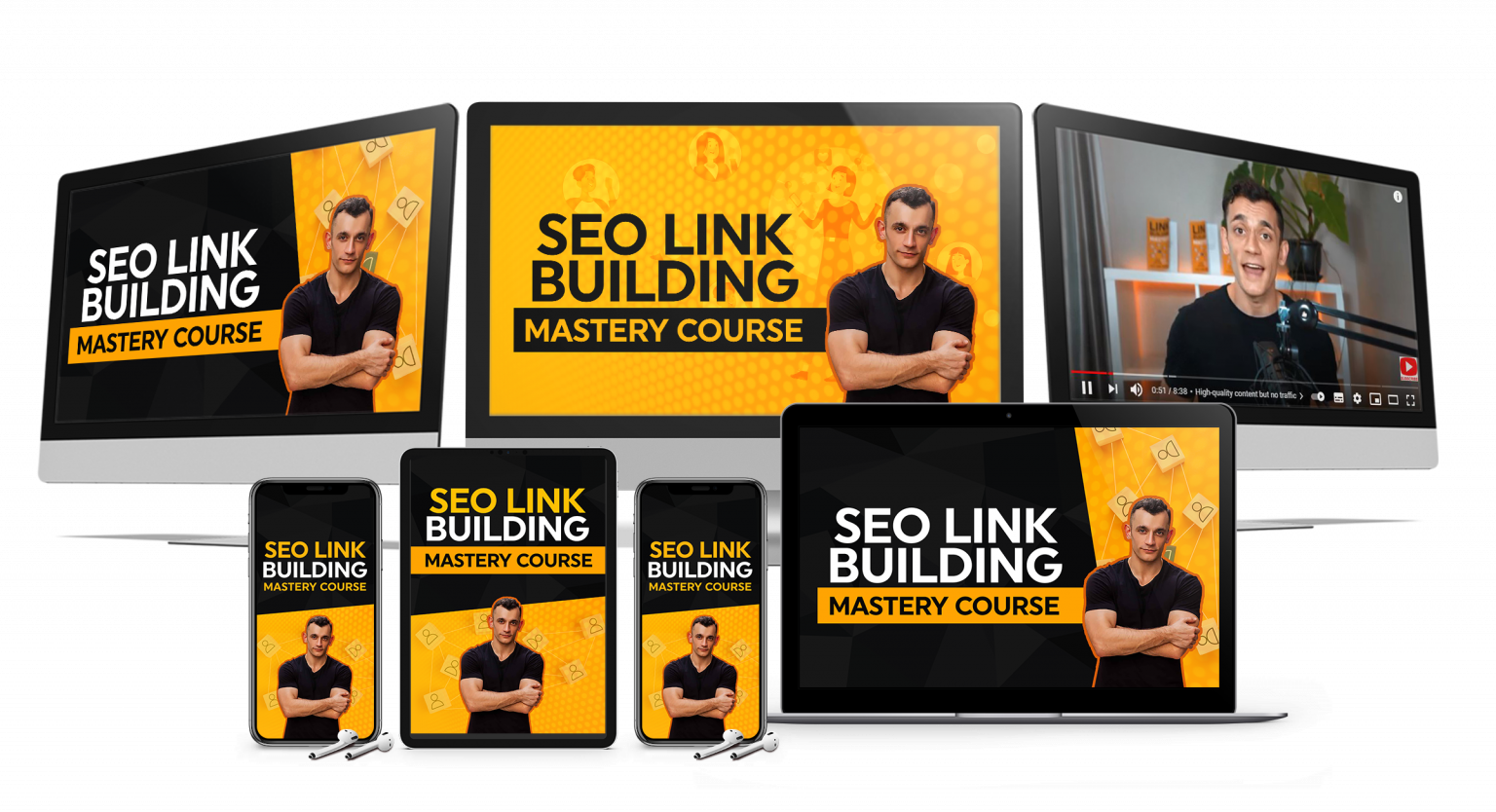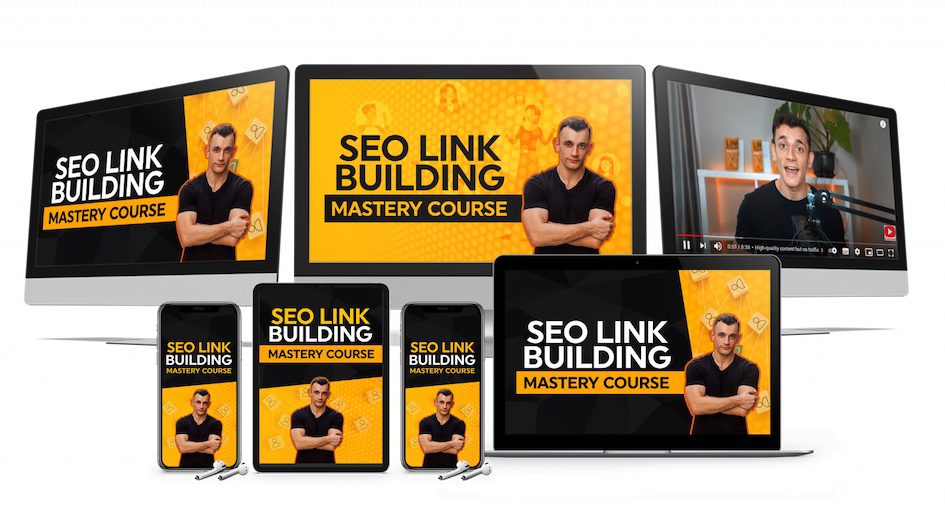Today I’m going to show you which AI makes your selfies look like movie posters — and which one completely ruins your face.
Watch the video tutorial below.
GPT-5 Image Mini VS Gemini Nano Banana is INSANE!
— Julian Goldie SEO (@JulianGoldieSEO) October 25, 2025
Make money with AI (FREE!) → https://t.co/DvljT1jshd pic.twitter.com/RVpOGj99rR
🚀 Get a FREE SEO strategy Session + Discount Now: https://go.juliangoldie.com/strategy-session
👉 Want to get more customers, make more profit & save 100s of hours with AI? Join the AI Profit Boardroom: https://go.juliangoldie.com/ai-profit-boardroom
🤯 Want more money, traffic and sales from SEO? Join the SEO Elite Circle👇
https://go.juliangoldie.com/register
🤖 Need AI Automation Services? Book an AI Discovery Session Here: https://juliangoldieaiautomation.com/
The AI Image War Just Got Real
Two of the biggest AI companies — OpenAI and Google — just dropped new image-generation tech that’s changing everything.
On one side, we’ve got GPT-5 Image Mini.
On the other, Gemini Nano Banana.
Both can transform photos, edit faces, and create cinematic visuals from simple prompts.
But the question is:
Which one actually works?
Because specs don’t matter if your face comes out looking like a Picasso painting.
I tested both — same selfie, same prompt, same lighting.
The results shocked me.
Round 1: Text-to-Image Showdown
I started with the same prompt for both:
“Create a cinematic portrait of a young man doing kettlebell swings in a golden hour gym. Realistic, high detail, shallow depth of field, dramatic rim light, magazine cover composition.”
Here’s what happened.
GPT-5 Image Mini delivered a strong first impression.
The lighting was great. The composition worked.
But zoom in, and things get weird —
skin texture looked plastic,
and one hand had six fingers.
Classic AI issue.
Now, Gemini Nano Banana looked cleaner.
The style was polished. The face looked more natural.
But the kettlebell?
It looked like a melted metal blob.
The background was soft and blurry — almost like it gave up halfway.
✅ Verdict: Tie.
Both good, both flawed, both fast-improving.
Round 2: Image Editing — The Real Test
This is where the magic happens.
I uploaded a boring gym selfie: plain background, average lighting.
Then I asked both tools to:
“Change outfit to a black sleeveless top and neon shorts, replace the background with a modern gym interior under warm golden lighting, and keep my face unchanged.”
GPT-5 Image Mini did an okay job.
The outfit swap looked clean.
The gym background matched the lighting.
But my face? Slightly off.
The jawline shifted, the eyes changed — still me, but… not really.
Gemini Nano Banana nailed the face.
The expression stayed identical.
Skin tone stayed natural.
But the outfit looked fake —
the fabric had no texture, the lighting didn’t match.
✅ Verdict:
- Face preservation: Gemini Nano Banana wins
- Clothing realism: GPT-5 Image Mini wins
Round 3: Speed Test
If you’re running a business, speed matters.
GPT-5 Image Mini:
8 seconds through the API.
Gemini Nano Banana:
3 seconds — on-device.
That’s insanely fast.
Google’s on-device model architecture clearly gives it the edge here.
✅ Verdict: Gemini Nano Banana wins on speed.
Round 4: Cost, Access & Use Case
This is where things get interesting.
GPT-5 Image Mini → API-based.
- You’ll need an API key.
- Pay per request.
- Great for developers, SaaS founders, and agencies.
Gemini Nano Banana → App-based.
- Free inside the Gemini app, Google Photos, and Lens.
- No API key.
- Perfect for creators and marketers editing on-the-go.
Different models, different users.
✅ Verdict:
- Developers: GPT-5 Image Mini.
- Creators: Gemini Nano Banana.
Round 5: Creative Challenge — Bollywood Poster
Now for the fun part.
Prompt:
“Turn this boring gym selfie into a cinematic Bollywood fitness poster. Use dramatic lighting, gold accents, and warm tones.”
GPT-5 Image Mini:
Looked like a Western action movie.
Sharp, detailed, professional.
But missed the Bollywood vibe.
Gemini Nano Banana:
Beautiful warm tones, gold highlights, film grain.
Nailed the Bollywood look.
But changed my expression — I suddenly looked angry.
✅ Verdict:
- Aesthetics: Gemini Nano Banana
- Consistency: GPT-5 Image Mini
Speed, Flexibility & Realism Summary
| Feature | GPT-5 Image Mini | Gemini Nano Banana |
|---|---|---|
| Speed | ⚡ Slower (8s) | 🚀 Instant (3s) |
| Realism | Great outfits, weaker faces | Strong faces, weaker fabrics |
| Cost | Paid API | Free in-app |
| Flexibility | Developer-friendly | Creator-friendly |
| Likeness | Moderate | Excellent |
| Aesthetics | Action-movie look | Cinematic, warm vibe |
Both have artifacts — weird hands, blurry text, missing details.
But that’s improving weekly.
Six months ago, this kind of AI editing didn’t even exist.
Now it’s in your browser and on your phone.
That’s wild.
So Which One Should You Use?
It depends on what you’re building.
If you’re a developer or agency, and you need scalable image generation via API,
👉 Use GPT-5 Image Mini.
If you’re a creator or marketer who wants to quickly polish photos,
👉 Use Gemini Nano Banana.
Different strengths. Different tools. Same mission — to make content creation faster and smarter.
The Bigger Picture: OpenAI vs Google
Here’s what’s really happening.
OpenAI is building infrastructure —
models you build products on top of.
Google is building ecosystems —
apps you live inside of.
Neither is wrong.
One fuels the backend of the internet,
the other dominates the frontend of your daily life.
And if you understand both, you win.
Because the future of AI isn’t one tool —
it’s knowing which one to use for the job.
That’s how you scale.
That’s how you save time.
That’s how you stay ahead.
Common Problems with AI Image Tools
Both GPT-5 Image Mini and Gemini Nano Banana share the same weak spots:
- Hands still glitchy 🖐️
- Small text unreadable 🔠
- Lighting inconsistencies 🌤️
- Edge blurring in complex edits 🌆
These are normal for early image models.
But improvements are coming fast — weekly patch updates, higher resolution, better training data.
So if your AI images aren’t perfect yet, don’t panic.
The next update will probably fix it.
Real Talk: Why This Matters for Businesses
If you’re running ads, building content, or growing a brand —
this tech changes the game.
You can now generate branded visuals, campaign posters, or product mockups
in seconds, not hours.
No Photoshop.
No designer wait times.
No revision cycles.
Just prompts → images → profits.
And if you want to see how I use tools like these to automate client delivery,
generate leads, and grow an agency,
join my paid mastermind 👇
🔥 Join the AI Profit Boardroom:
https://go.juliangoldie.com/ai-profit-boardroom
It’s where I show you the exact AI systems that scale a 7-figure business —
from automation to customer acquisition.
FAQs About GPT-5 Image Mini vs Gemini Nano Banana
Q: Is GPT-5 Image Mini available to everyone?
Yes, via OpenAI’s API. Developers can integrate it today.
Q: Can I use Gemini Nano Banana on any device?
Yes, it runs inside the Gemini app or Google Photos on supported Android phones.
Q: Which one is better for face preservation?
Gemini Nano Banana, hands down.
Q: Which one handles style prompts better?
GPT-5 Image Mini, thanks to stronger instruction following.
Q: Can I combine them?
Absolutely. Use GPT-5 Mini for production, Gemini for creative polishing.
Final Thoughts
The battle of GPT-5 Image Mini vs Gemini Nano Banana isn’t about who’s “better.”
It’s about what you need.
OpenAI gives you flexibility and API power.
Google gives you speed and polish.
Both are brilliant.
Both will evolve fast.
And both will shape how creators, marketers, and businesses use images forever.
We’re officially in the AI image editing revolution —
and this is just the start.
🔥 Want More Leads, Traffic & Sales with AI?
Automate your marketing, scale your business, and save 100s of hours with AI!
👉 https://go.juliangoldie.com/ai-profit-boardroom





